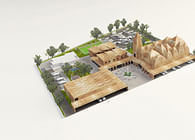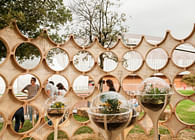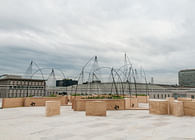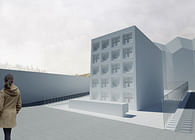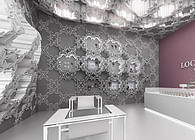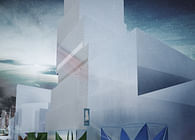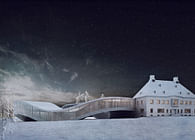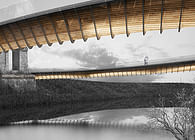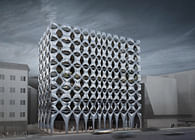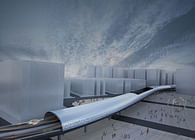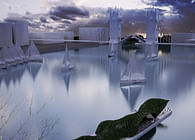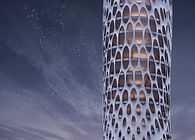
Rome, IT
The majority of city bridges, in the past, were typically inhabited and they were perfectly blended with the surrounding housing style.
This characteristic can be found in the historical Ponte Vecchio in Florence which survives unchanged until the present with its direct connection between the bridge’s architecture and the river.
The “Instant Bridge” born from the idea of subverting the normal canons of a pedestrian bridge starting from a sociological analysis of the neighbourhood. It is an allegorical and a reflective transformation of a pedestrian bridge. It is something enjoyable for all the inhabitants with the goal of transmitting the metamorphosis of a brick structure into a cultural building.
The Pigneto district had a notable evolution and transformation from a working-class neighbourhood to a cultural and artistic one. Nevertheless there is a strong disjunction of these artistic scenes, relegated to small existing shops; these elements qualify the district as an artistic underdeveloped neighbourhood. Inside there are several functions distributed over 14 stories for a total height of 45 metres. These functions are reached by glass lifts located at the extreme sides of the building and across an internal system of escalators.
Every level is planned for a different purpose with materials and colours which accentuate the spaces. The materials used are low cost and recyclable (e.g. non toxic paint).
The steel structure is produced using recycled rails procured by remittances of disused railways.
The main structure, the façade and the interior spatial elements merge into a single three-dimensional form. It’s a very efficient and seismic proof structural system that requires 30% less steel than a structure consisting of pillars and beams. This orthotropic structure spends more than 15 meters. The building is also largely day lit with carefully controlled natural ventilation systems.
Status: Built
Additional Credits: Architecture: Francesco Lipari
Project Team: Vanessa Todaro, Pierpaolo Pugliano
Location: Roma
Organizer: Pigmenti
Sqm: 2000
Cost: € 2 M
Materials: Steel (facades), Glass, Concrete
Timing: design 2010
